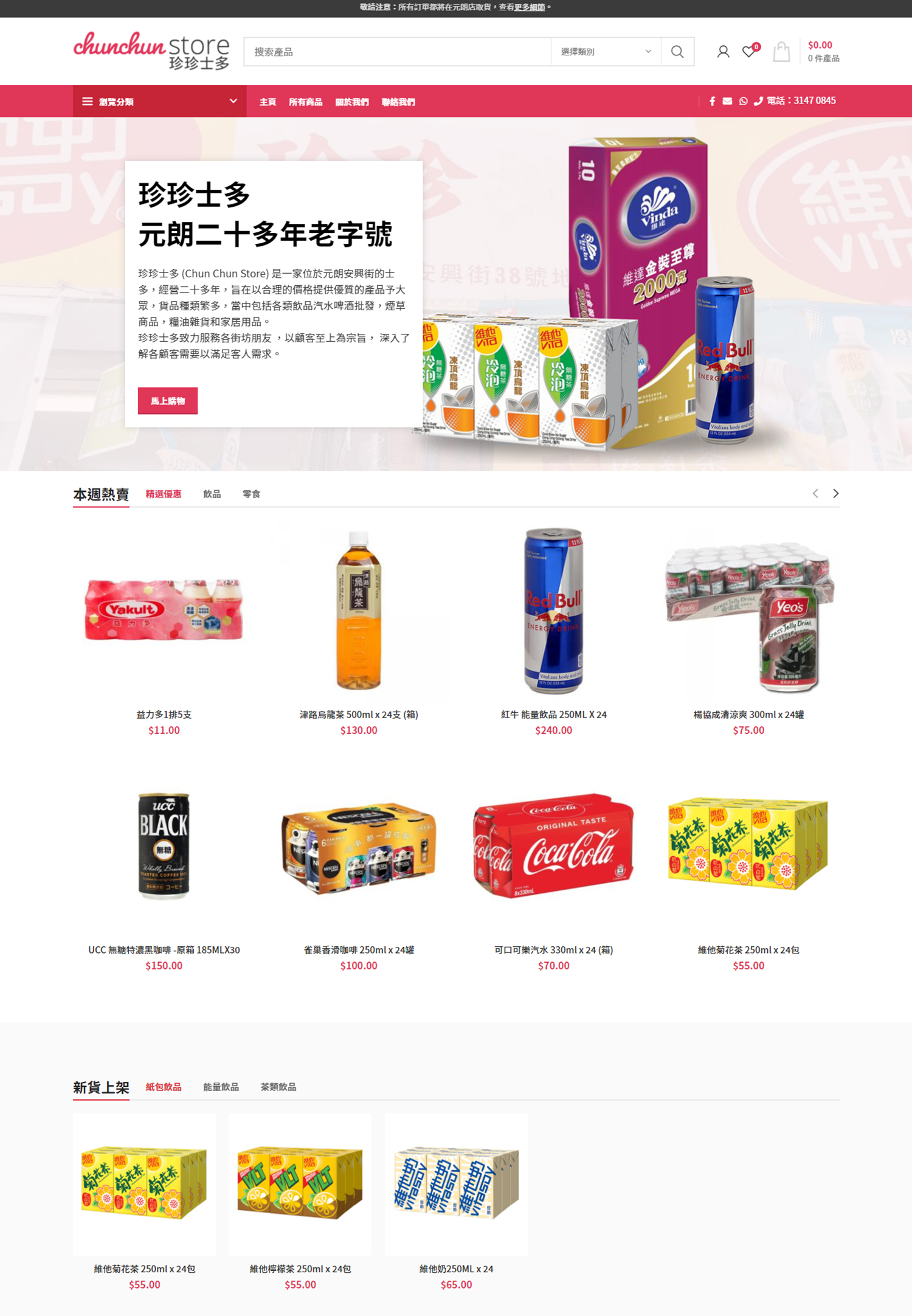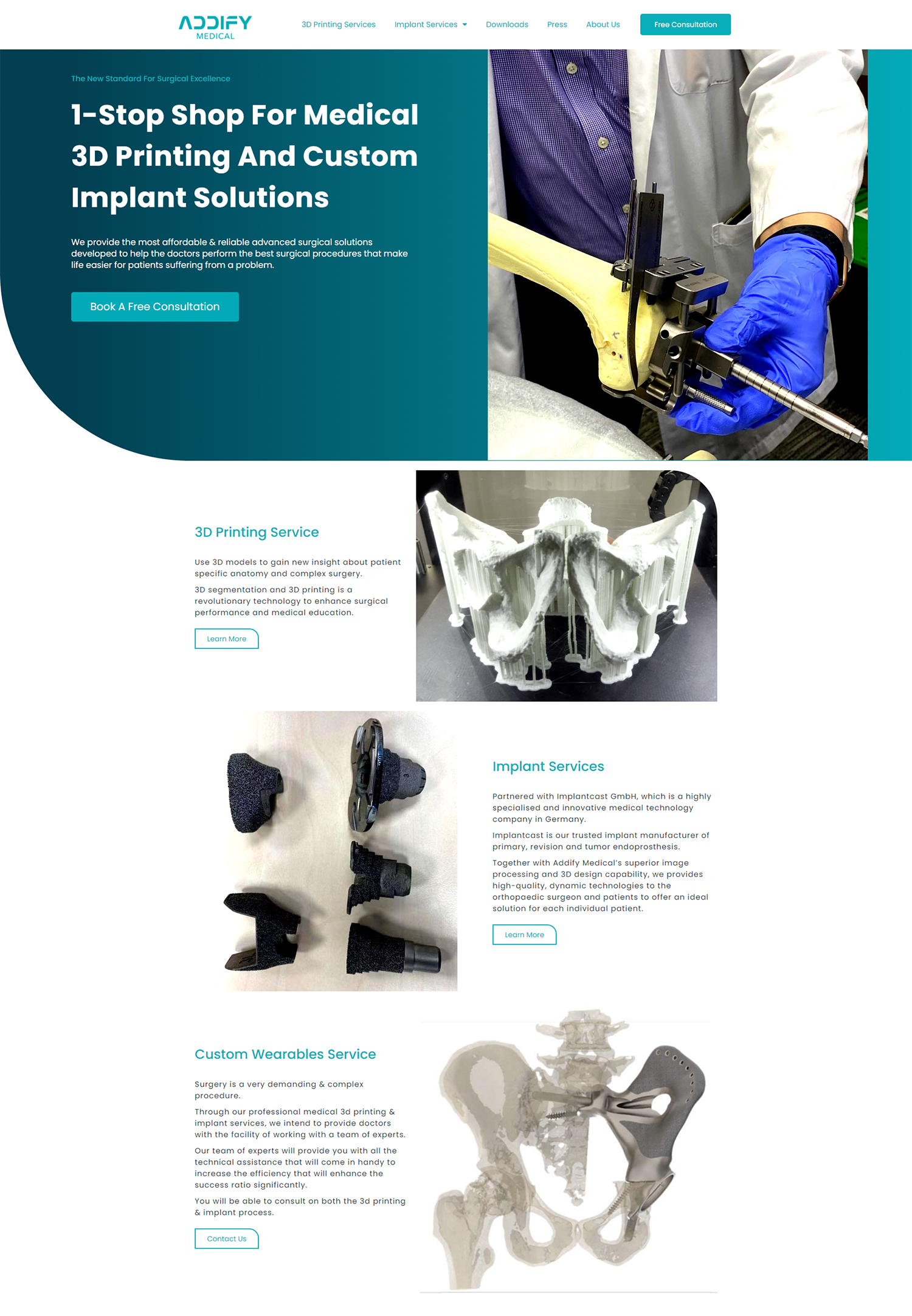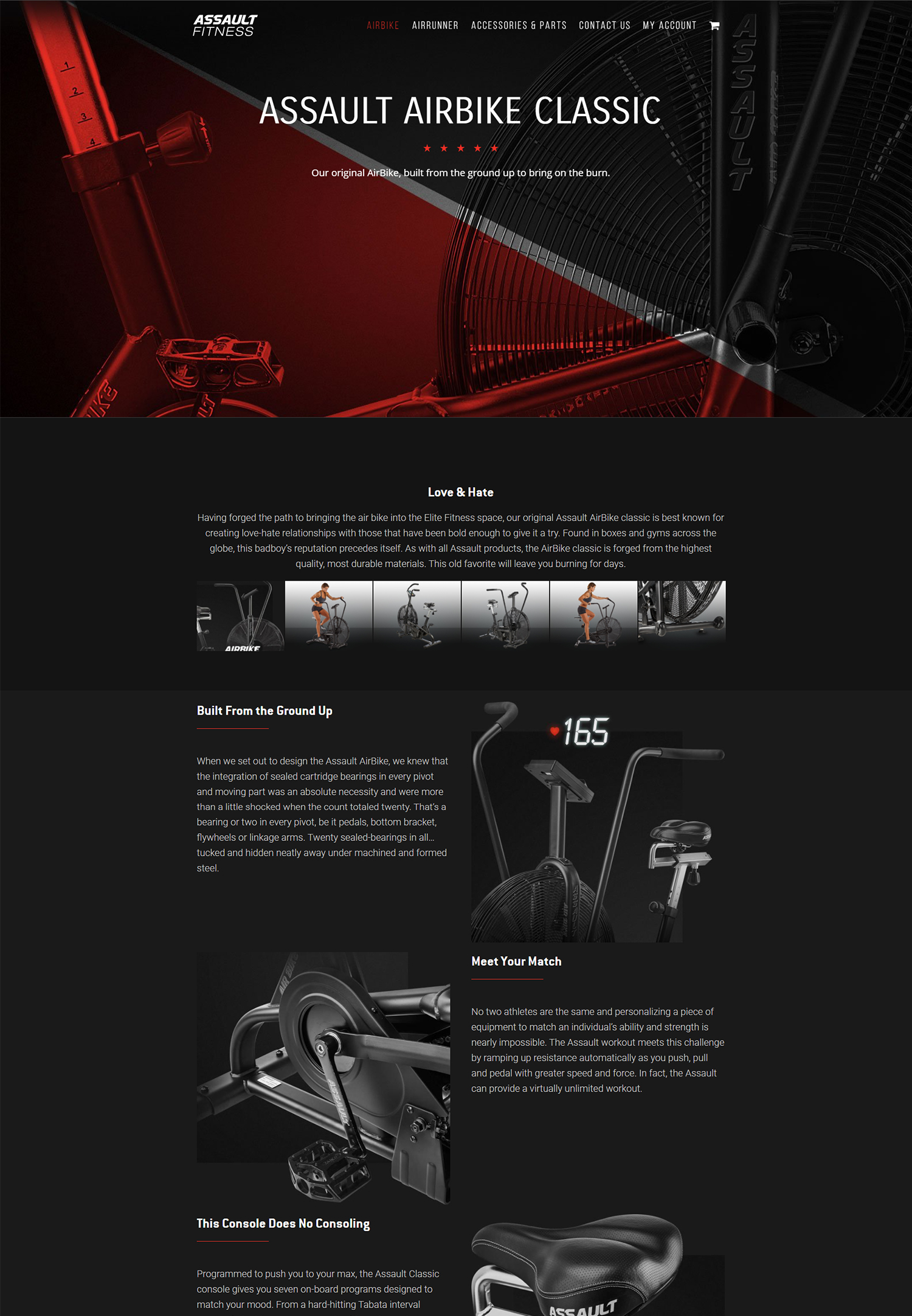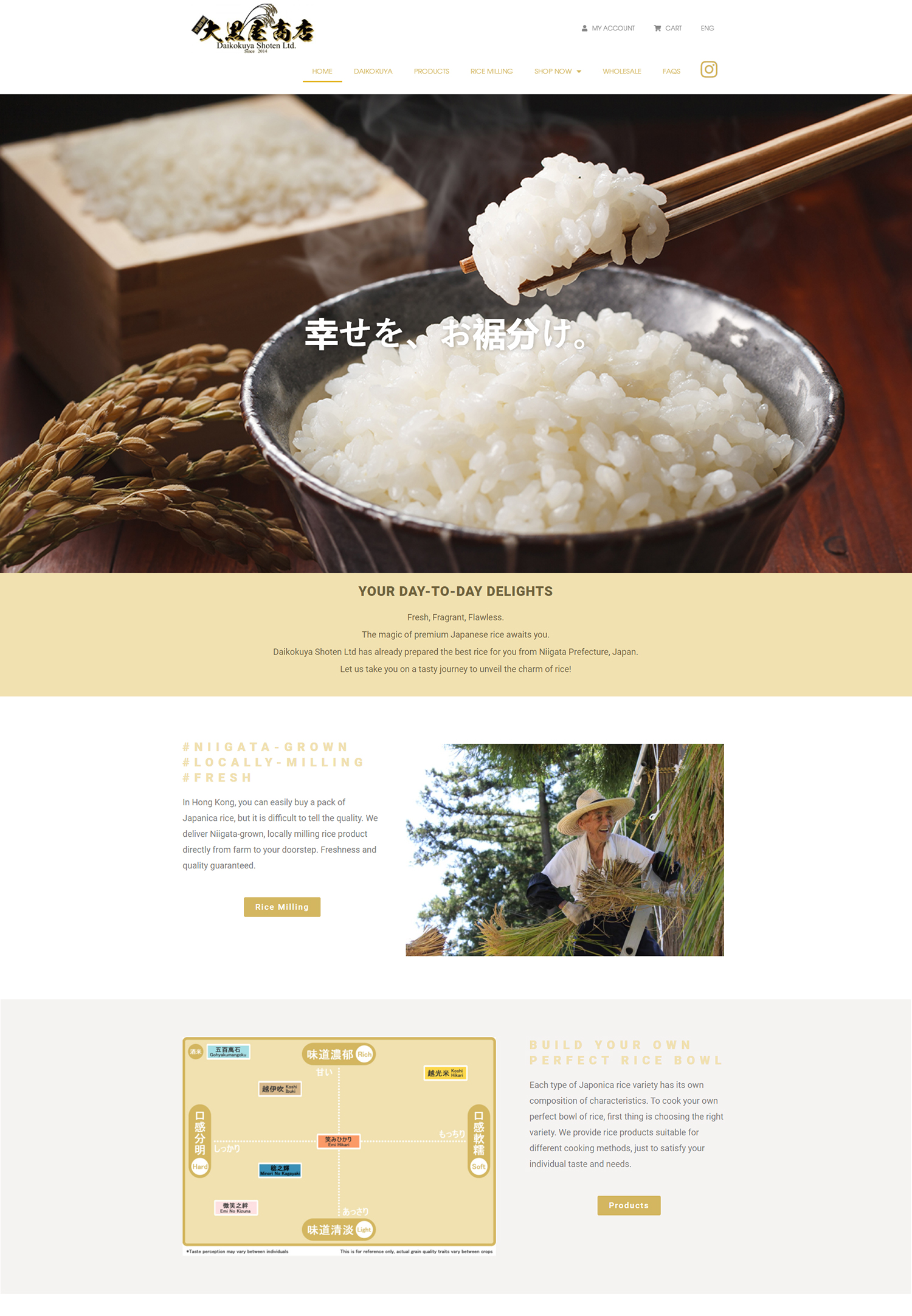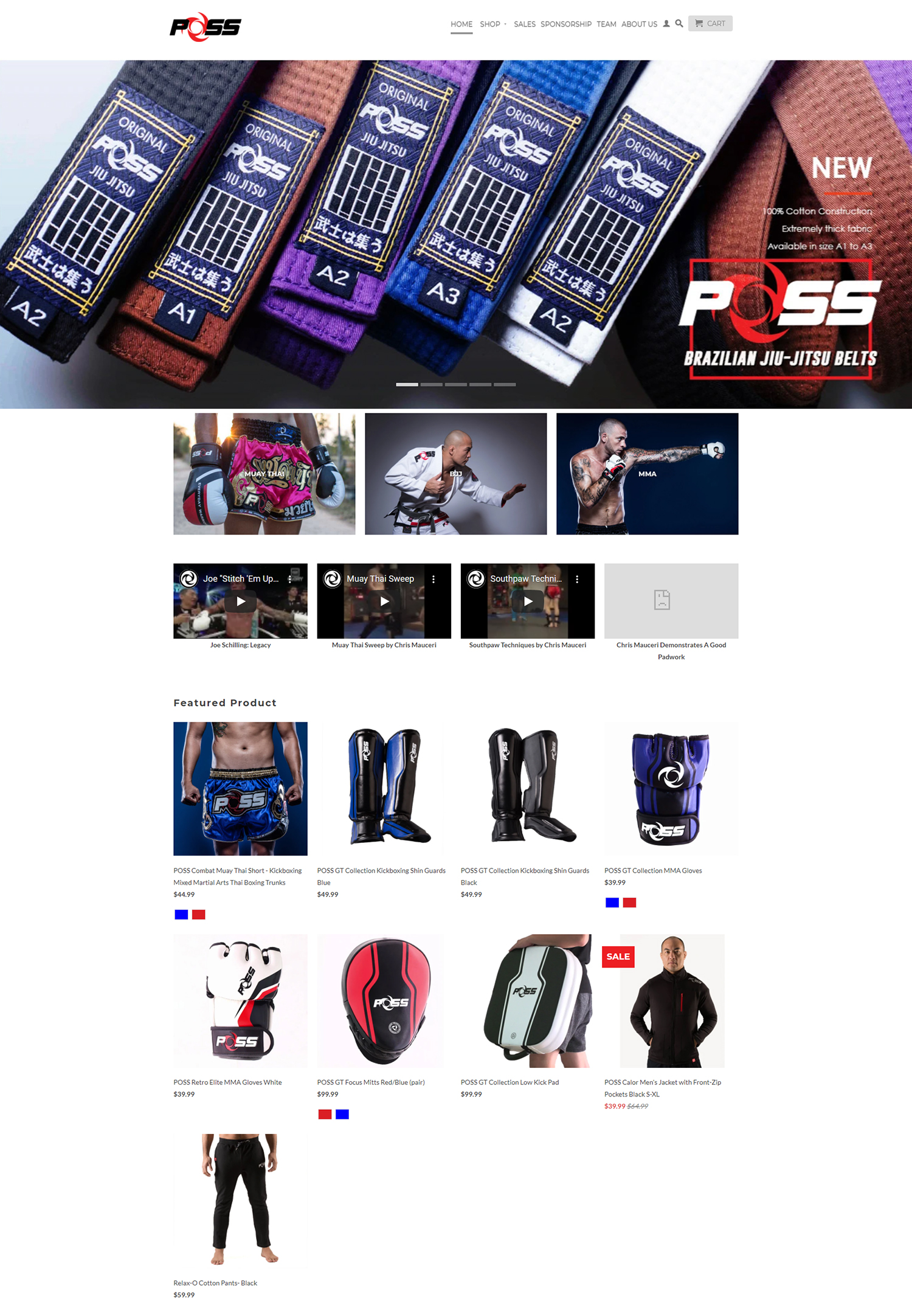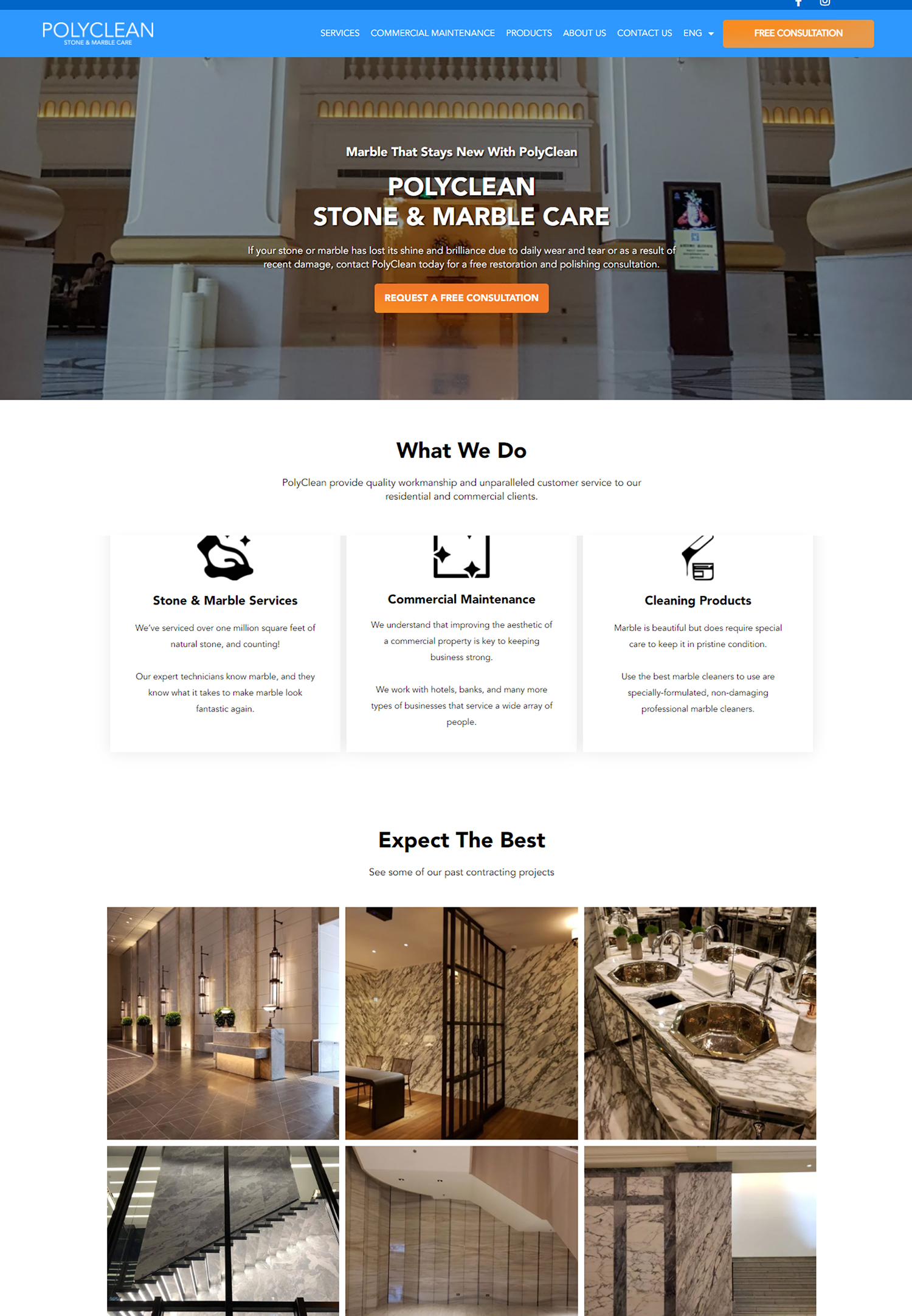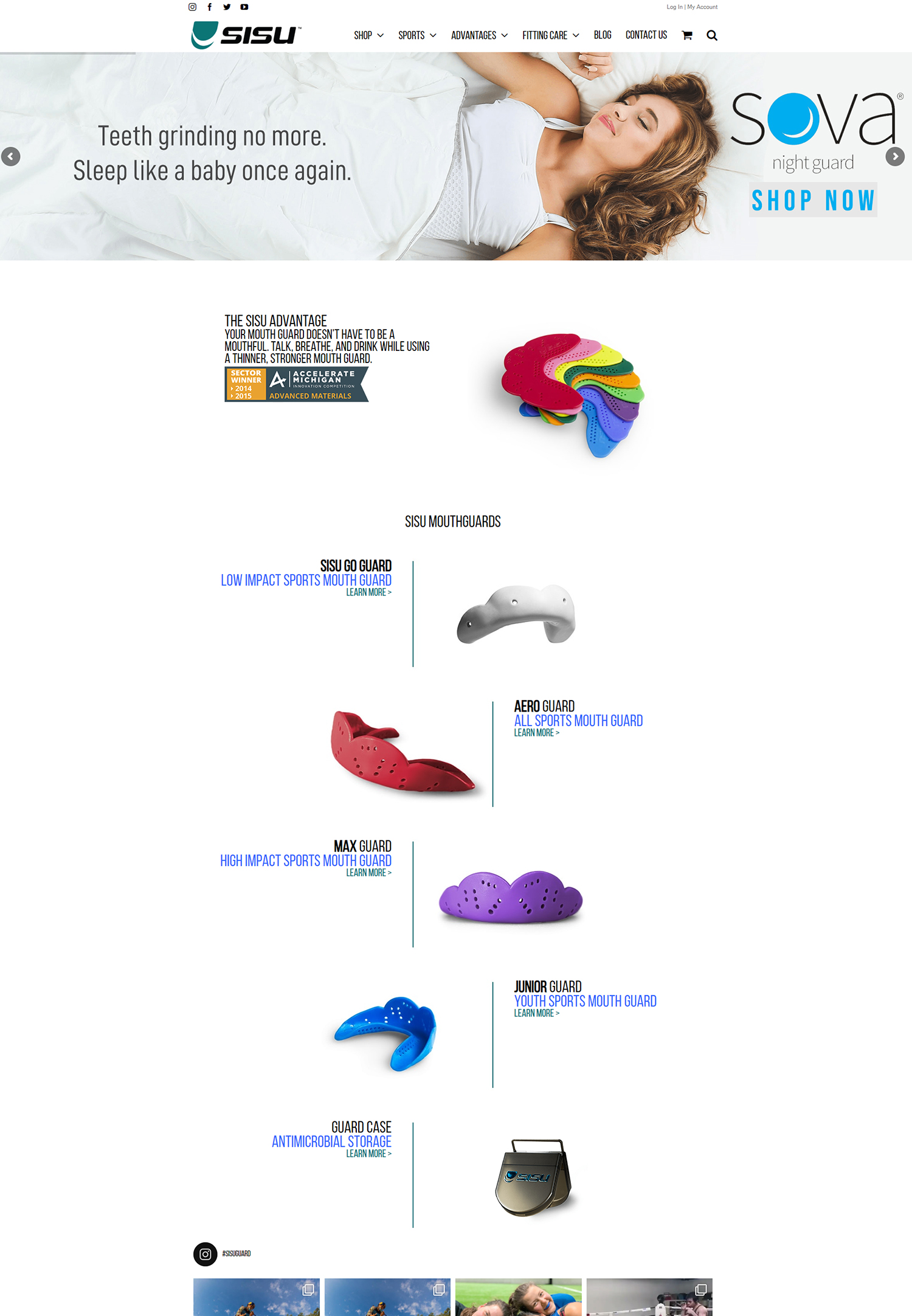Ad extensions are additional pieces of information that can be added to your online advertisements to provide more context and value to potential customers. They appear alongside your ad copy and can include things like location information, phone numbers, links to specific pages on your website, and more. Ad extensions are important because they can significantly improve the performance of your ads by increasing click-through rates, improving ad relevance and quality score, enhancing user experience, and ultimately driving higher conversion rates.
Boosting Your Online Visibility: The Benefits of Ad Extensions
One of the key benefits of using ad extensions is that they can increase your online visibility and attract more clicks to your ads. By providing additional information and options for users, ad extensions make your ads more compelling and relevant. This can result in higher click-through rates, which means more people are visiting your website or landing page.
In addition to increasing click-through rates, ad extensions also improve the relevance and quality score of your ads. When you include relevant information in your ad extensions, such as location or phone number, it helps Google understand the context of your ads better. This can lead to higher quality scores, which in turn can lower your cost per click and improve your ad position.
Another benefit of using ad extensions is that they enhance the user experience. By providing users with more information and options, you make it easier for them to find what they’re looking for and take action. For example, if you include a call extension with a phone number, users can easily contact you with any questions or inquiries they may have. This improves the overall user experience and increases the likelihood of conversion.
Types of Ad Extensions: Understanding Your Options
There are several types of ad extensions available that you can use to enhance your online advertisements. Understanding these options will help you choose the ones that are most relevant to your business and goals.
1. Location extensions: Location extensions allow you to add your business’s address and phone number to your ads. This is particularly useful for businesses with physical locations, as it can help drive foot traffic to your store or office.
2. Call extensions: Call extensions allow you to add a phone number to your ads, making it easy for users to contact you directly. This is especially beneficial for businesses that rely on phone calls for customer inquiries or bookings.
3. Sitelink extensions: Sitelink extensions allow you to add additional links to specific pages on your website. This can help direct users to relevant content or specific product pages, increasing the chances of conversion.
4. Structured snippet extensions: Structured snippet extensions allow you to highlight key features or benefits of your products or services. This can help users quickly understand what sets your business apart and make informed decisions.
5. Price extensions: Price extensions allow you to display pricing information for specific products or services directly in your ads. This can help users compare prices and make purchasing decisions more easily.
6. App extensions: App extensions allow you to add links to your mobile app in your ads. This can encourage users to download and engage with your app, increasing brand loyalty and customer engagement.
Location Extensions: How to Drive Foot Traffic to Your Business
Location extensions are a powerful tool for businesses with physical locations, as they allow you to add location information to your ads. This can help drive foot traffic to your store or office by providing users with the necessary information they need to find you.
By adding location information such as your address and phone number, you make it easy for potential customers to find and contact you. This can be particularly beneficial for businesses that rely on local customers or have multiple locations.
In addition to making it easier for customers to find you, location extensions also improve the relevance and quality score of your ads. When Google sees that your ads are relevant to users in a specific location, it can improve your ad position and lower your cost per click.
To make the most of location extensions, it’s important to follow best practices. This includes ensuring that your location information is accurate and up-to-date, using location-specific keywords in your ad copy, and targeting your ads to the right geographic locations.
Call Extensions: Making It Easy for Customers to Contact You
Call extensions are a valuable tool for businesses that rely on phone calls for customer inquiries or bookings. By adding a phone number to your ads, you make it easy for potential customers to contact you directly.
One of the key benefits of call extensions is that they can significantly increase the number of phone calls you receive. When users see a phone number in your ad, they can simply click on it to call you without having to visit your website or search for your contact information.
In addition to increasing the number of phone calls, call extensions also improve the relevance and quality score of your ads. When Google sees that your ads are providing users with a direct way to contact you, it can improve your ad position and lower your cost per click.
To make the most of call extensions, it’s important to follow best practices. This includes using a local phone number if possible, ensuring that someone is available to answer calls during business hours, and tracking and measuring the performance of your call extensions.
Sitelink Extensions: Directing Customers to Relevant Pages on Your Website
Sitelink extensions allow you to add additional links to specific pages on your website in your ads. This can help direct users to relevant content or specific product pages, increasing the chances of conversion.
One of the key benefits of sitelink extensions is that they provide users with more options and information. Instead of just clicking on your main ad headline, users can choose from multiple links that are relevant to their search query. This can help them find what they’re looking for more easily and make informed decisions.
In addition to providing users with more options, sitelink extensions also improve the relevance and quality score of your ads. When Google sees that your ads are providing users with additional links to relevant content, it can improve your ad position and lower your cost per click.
To make the most of sitelink extensions, it’s important to follow best practices. This includes using descriptive and compelling link text, linking to relevant and specific pages on your website, and testing different sitelinks to see which ones perform best.
Structured Snippet Extensions: Highlighting Key Features and Benefits
Structured snippet extensions allow you to add structured information to your ads, highlighting key features or benefits of your products or services. This can help users quickly understand what sets your business apart and make informed decisions.
One of the key benefits of structured snippet extensions is that they provide users with additional information in a concise and organized format. Instead of having to read through your entire ad copy, users can quickly scan the structured snippets to see if your business offers what they’re looking for.
In addition to providing users with additional information, structured snippet extensions also improve the relevance and quality score of your ads. When Google sees that your ads are providing users with structured information that matches their search query, it can improve your ad position and lower your cost per click.
To make the most of structured snippet extensions, it’s important to follow best practices. This includes using relevant and specific snippets that highlight unique features or benefits, using appropriate headers for each snippet, and testing different snippets to see which ones perform best.
Price Extensions: Displaying Your Products and Services with Pricing Information
Price extensions allow you to display pricing information for specific products or services directly in your ads. This can help users compare prices and make purchasing decisions more easily.
One of the key benefits of price extensions is that they provide users with pricing information upfront, eliminating the need for them to visit your website or contact you for pricing details. This can help users quickly determine if your products or services fit within their budget and make informed decisions.
In addition to providing users with pricing information, price extensions also improve the relevance and quality score of your ads. When Google sees that your ads are providing users with pricing information that matches their search query, it can improve your ad position and lower your cost per click.
To make the most of price extensions, it’s important to follow best practices. This includes using accurate and competitive pricing, using clear and concise descriptions for each product or service, and testing different price extensions to see which ones perform best.
App Extensions: Encouraging Downloads and Engagement with Your Mobile App
App extensions allow you to add links to your mobile app in your ads. This can encourage users to download and engage with your app, increasing brand loyalty and customer engagement.
One of the key benefits of app extensions is that they provide users with a direct way to download your app without having to search for it in the app store. This can significantly increase the number of app downloads and help you reach a wider audience.
In addition to increasing app downloads, app extensions also improve the relevance and quality score of your ads. When Google sees that your ads are providing users with a direct way to download your app, it can improve your ad position and lower your cost per click.
To make the most of app extensions, it’s important to follow best practices. This includes using compelling ad copy that highlights the benefits of downloading your app, ensuring that your app is available for download in the app store, and tracking and measuring the performance of your app extensions.
Maximizing Your ROI: Tips for Implementing Ad Extensions Effectively
To maximize your return on investment (ROI) with ad extensions, it’s important to implement them effectively and measure their performance. Here are some tips to help you get started:
1. Set goals and measure success: Before implementing ad extensions, define your goals and key performance indicators (KPIs). This could be increasing click-through rates, improving conversion rates, or driving more phone calls. Once you have set your goals, track and measure the performance of your ad extensions to see if they are helping you achieve those goals.
2. Test and optimize ad extensions: Don’t be afraid to test different ad extensions and see which ones perform best for your business. This could involve testing different sitelinks, structured snippets, or price extensions. By testing and optimizing your ad extensions, you can find the ones that resonate most with your target audience and drive the highest conversion rates.
3. Use ad extensions in combination with other ad formats: Ad extensions work best when used in combination with other ad formats, such as expanded text ads or responsive search ads. By using a combination of ad formats, you can provide users with more information and options, increasing the chances of conversion.
4. Stay up-to-date with new ad extension options: Google regularly introduces new ad extension options, so it’s important to stay up-to-date with the latest features and functionalities. This could include new types of ad extensions or updates to existing ones. By staying informed, you can take advantage of new opportunities to improve the performance of your ads.
In conclusion, ad extensions are a powerful tool for improving the performance of your online advertisements. By providing additional information and options to users, ad extensions can increase click-through rates, improve ad relevance and quality score, enhance user experience, and ultimately drive higher conversion rates. Understanding the different types of ad extensions available and implementing them effectively can help you maximize your ROI and achieve your advertising goals.
Utilizing Ad Extensions for Enhanced Visibility is a crucial strategy for digital marketers. However, it’s important to remember that driving traffic to your website is just the first step. To truly maximize your online presence and increase sales, you need to focus on conversion optimization. In a related article, Populis Digital discusses the 9 Brutal Questions for Website Design Company that will help you choose the right partner to optimize your website and boost your conversion rates. Don’t miss out on this valuable resource – check it out here.
FAQs
What are ad extensions?
Ad extensions are additional pieces of information that can be added to a search engine advertisement to provide more context and value to the user. They can include things like phone numbers, location information, links to specific pages on a website, and more.
Why should I use ad extensions?
Using ad extensions can help increase the visibility and effectiveness of your search engine advertisements. They provide more information to users, which can lead to higher click-through rates and better overall performance.
What types of ad extensions are available?
There are several types of ad extensions available, including call extensions, location extensions, sitelink extensions, callout extensions, structured snippet extensions, and more. Each type provides a different type of information to users.
How do I set up ad extensions?
Setting up ad extensions will depend on the specific search engine advertising platform you are using. Generally, you will need to navigate to the ad extensions section of your account and follow the prompts to set up the specific type of extension you want to use.
Are there any best practices for using ad extensions?
Yes, there are several best practices for using ad extensions effectively. These include using relevant and specific information, testing different types of extensions to see what works best, and ensuring that your extensions are consistent with your overall advertising strategy.





